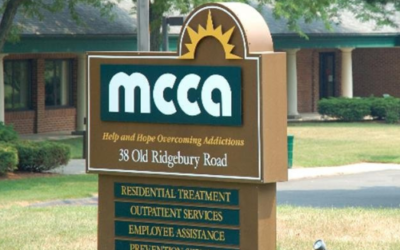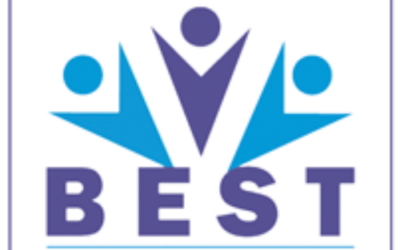The Trans-Theoretical Model explains intentional behavior change along a temporal dimension that utilizes both cognitive and performance-based components. This model has found that individuals move through a series of stages—Precontemplation , Contemplation, Preparation, Action, and Maintenance—in the adoption of healthy behaviors or cessation of unhealthy ones (Prochaska & Velicer, 1997). This series of stages is knowns as the Stages of Change.
For each stage of change, different intervention strategies are most effective at moving the person to the next stage of change and subsequently through the model to maintenance, the ideal stage of behavior.

- Precontemplation – In this stage, people do not intend to take action in the foreseeable future (defined as within the next 6 months). People are often unaware that their behavior is problematic or produces negative consequences. People in this stage often underestimate the pros of changing behavior and place too much emphasis on the cons of changing behavior.
- Contemplation – People are intending to start the healthy behavior in the foreseeable future (defined as within the next 6 months). They may recognize that their behavior is problematic, and a more thoughtful and practical consideration of the pros and cons of changing the behavior takes place, with equal emphasis placed on both. Even with recognition, people may still feel ambivalent toward changing their behavior.
- Preparation (Determination) – People are ready to take action within the next 30 days. People start to take small steps toward the behavior change, and believe changing their behavior can lead to a healthier life.
- Action – People have recently changed their behavior (within the last 6 months) and intend to keep moving forward with that behavior change. People may exhibit this by modifying their problem behavior or acquiring new healthy behaviors.
- Maintenance – In this stage, people have sustained their behavior change for a while (defined as more than 6 months) and intend to maintain the behavior change going forward. People in this stage work to prevent relapse to earlier stages.
- Termination – In this stage, people have no desire to return to their unhealthy behaviors and are sure they will not relapse. Since this is rarely reached, and people tend to stay in the maintenance stage, this stage is often not considered in health promotion programs.
Why is this information important for Prevention Professionals?
The Stages of Change model can be applied to health promotion and disease prevention programs to address a range of health behaviors, populations, and settings. It may be an appropriate model for health promotion and disease prevention programs related to worksite wellness, tobacco use, weight management, medication compliance, addiction, and physical activity, among other health topics.
This is especially important for Prevention Professionals as we apply evidence-based prevention strategies to communities. We must understand how and when communities and individuals within our communities of work are at a point of being ready to take action in the implementation of strategies, and if the communities are not ready to take those steps, what must be done to prepare for those steps going forward. This model allows the prevention professional to take into account the factors of disparity and influence in the community that may affect and/or sustain behavior changes that are results of strategy implementation.
Want to know more about this model and how you can use this model in your work? Check out these resources:
The Transtheoretical Model (Stages of Change) (bu.edu)
Center for Substance Abuse Treatment. Brief Interventions and Brief Therapies for Substance Abuse. Rockville (MD): Substance Abuse and Mental Health Services Administration (US); 1999. (Treatment Improvement Protocol (TIP) Series, No. 34.) [Table], Figure 2-1: The Stages of Change. Available from: https://www.ncbi.nlm.nih.gov/books/NBK64942/table/A61041/



